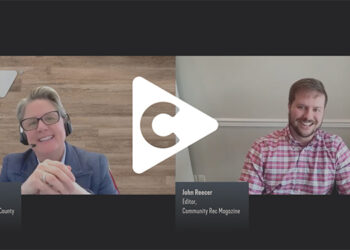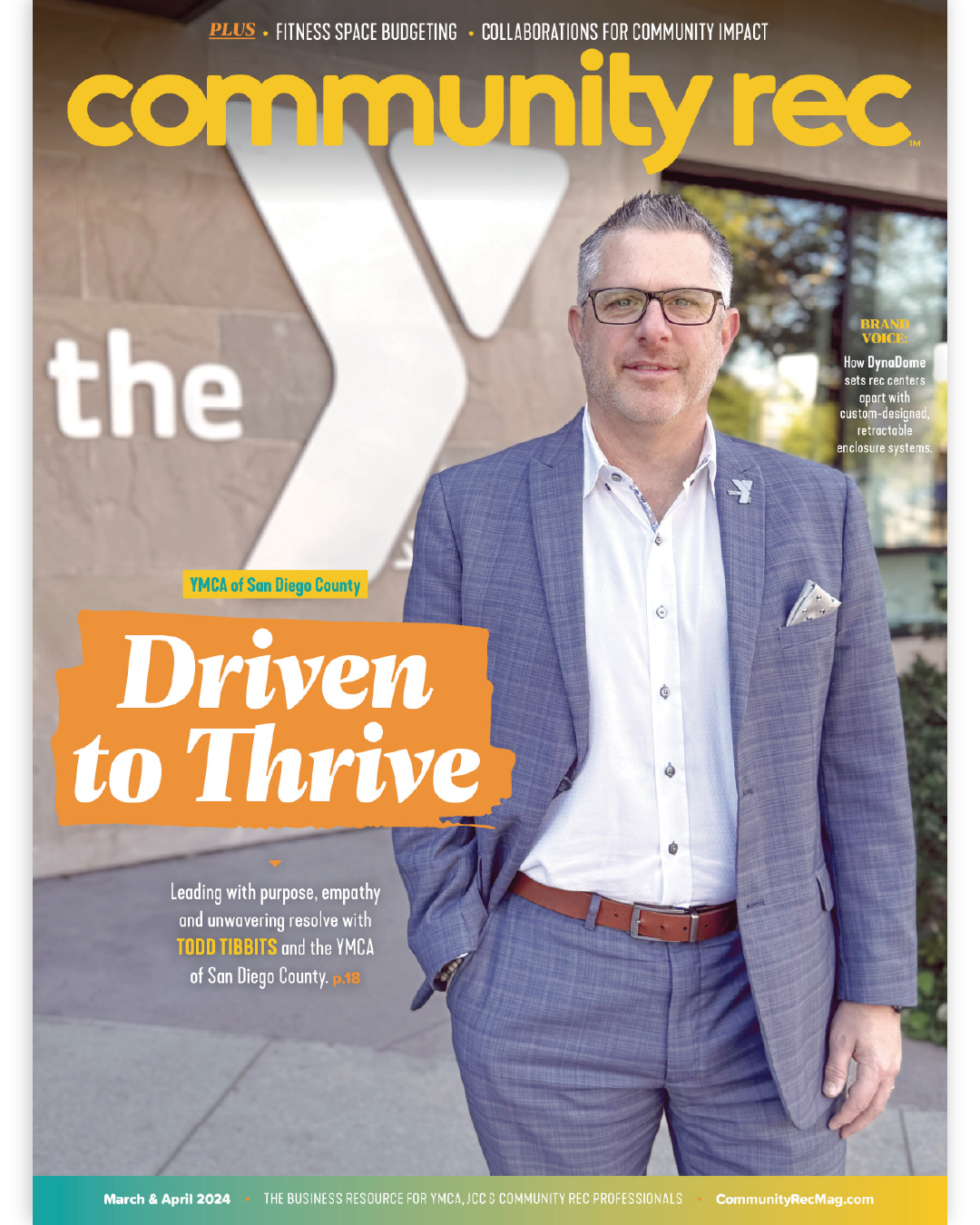“Leaders are not born — they’re made,” said Vince Lombardi, the former Hall of Fame NFL head coach. No two leaders look the same, but the best recognize the need to evolve and grow in their leadership. Sometimes, having the right mindset is half of the battle.
Brian Steffen, the CEO of the Eugene Family YMCA, has learned many lessons in leadership in various ways including from his past, his childhood and as a YMCA leader. One example is the value of hard work he learned as a boy on his family’s ranch.
His grandfather tasked him with hand-digging an important anchor post for a section of fence. It was a lot of work, and his grandfather gave many pointers until he was satisfied. At the time, Steffen didn’t understand the amount of work his grandfather demanded, but his grandfather told him, “There’s something you can be proud of. That’s a great legacy, and it’ll be here long after I’m gone.”
Below, Steffen shares five successful attributes of leadership for community rec leaders:
1. Inspire Hope by Example
Resources can feel limited within the nonprofit industry. Falling into a “scarcity mindset” can be fueled by economic reasoning, but it can be a slippery slope. Being overly cautious with resources keeps you from creating connection with your community and can lead to neglect of areas in need of improvement.
Instead, Steffen adopts a mindset of hope that spreads to his members.
“I believe leaders have a responsibility to inspire hope and shoot for the stars,” said Steffen. “Resources will become readily available when leaders clearly communicate a need and demonstrate a quantifiable ability to address the need.”
2. Progress, Not Perfection
Striving for progress is a lot easier than striving for perfection. Encouraging your team to improve instead of chasing an unattainable goal boosts morale and ensures the mission of serving the community is always at the center of decision-making.
“I frequently tell the story of Dr. James Naismith inventing the game of basketball,” explained Steffen. “The game took many years to become what it is today. However, in the beginning Naismith was just a YMCA employee who had the vision for the game and hung some peach baskets up at his Y.”
If he had pushed for perfection in the beginning, he likely would’ve given up and we wouldn’t have the robust and comprehensive game we have now.
3. Creating a Legacy
“I love the saying ‘true leaders create more leaders, not more followers,’” said Steffen. “I enjoy sharing my influence and leadership, and I love to see others on teams I am a part of stretch, grow and succeed.”
Sharing lessons and helping others grow in their leadership is how Steffen leaves his legacy. This thought inspires him because creating leaders ensures the Y will continue being a flagship of community for years to come.
“As leaders, we’re all just stewards for a temporary era,” remarked Steffen. “Each day I feel grateful for the myriad of employees, board leaders, donors and partners that have made the Eugene Family YMCA all that it has become over the past 136 years. I want to make them proud and to ensure that those who follow in our footsteps find a Y that is strong, thriving and changing the world.”
4. Inviting Diversity
A diversity of viewpoints when it comes to operations is a great way to make sure all decisions have the entire community in mind. It sets a precedent for acceptance of all people and enhances feelings of belonging when everyone is comfortable sharing their opinion.
“Differences create strength,” stated Steffen. “By inviting leaders to share their opinions respectfully and honestly, the results are better. It would be impossible for one leader to have the breadth and depth of knowledge needed to understand all areas of an organization. However, by allowing others to feel trusted, valued and heard, we can find solutions to any challenge we may face.”
5. Implementing Data Analysis
Both numbers and success stories portray success. Steffen noticed many nonprofits default to sharing stories of impact to donors, but providing statistics demonstrates more tangible results. Sharing different kinds of results not only thanks the donors and funders, but it can bring in more.
“As an individual, I am moved by stories of impact, but I believe donors and funders deserve more than stories,” said Steffen. “They deserve to see a measurable impact for investing in an organization’s work.”
Want more resources like this sent straight to your inbox each week? Sign up for a digital subscription here.











